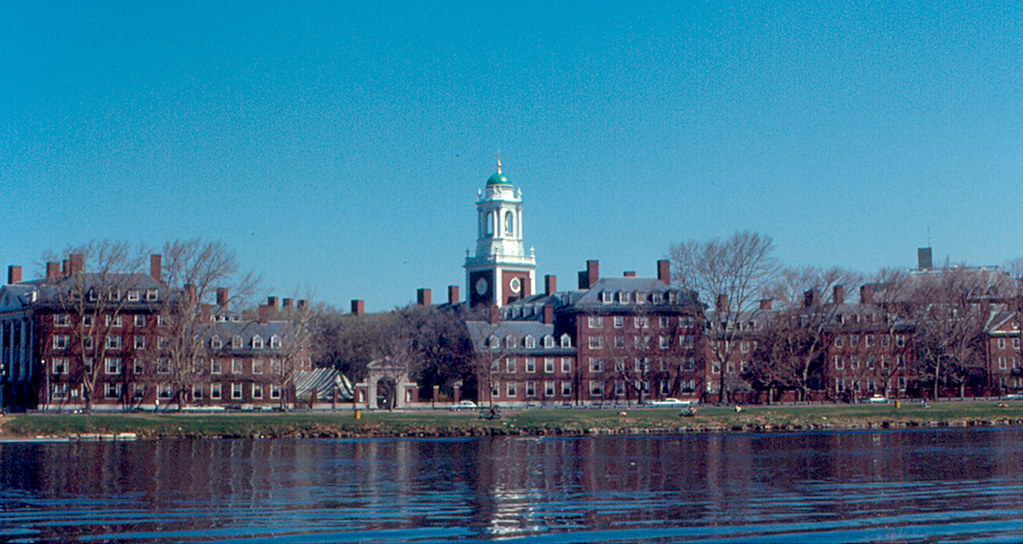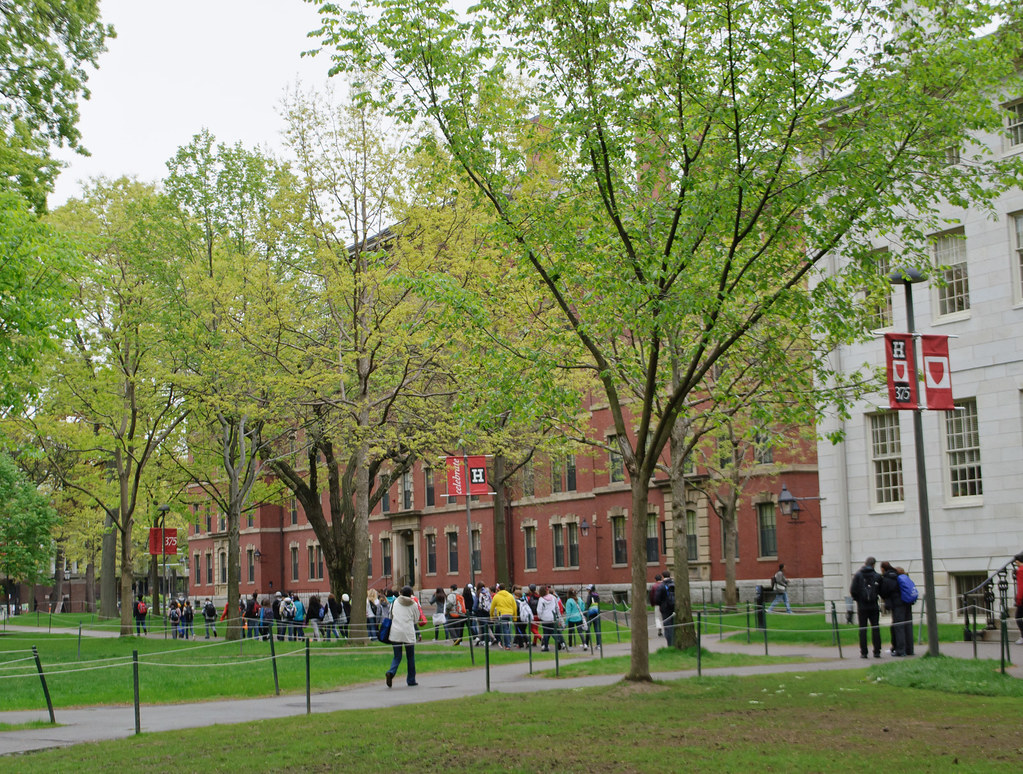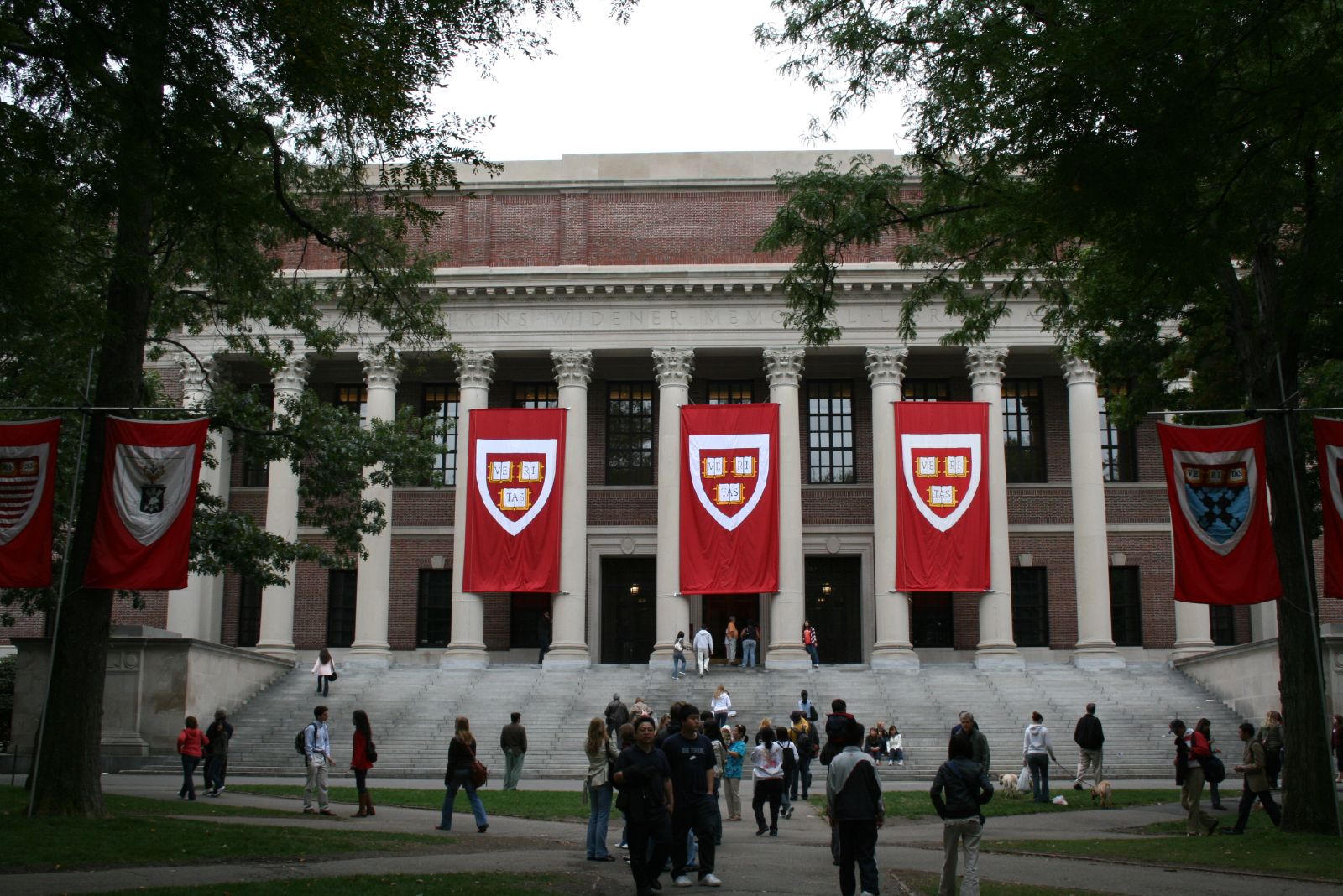In a sweeping initiative that promises to redefine access to elite education, Harvard University has unveiled a groundbreaking policy to provide free tuition for students from families earning $200,000 or less per year. This transformative measure, set to launch in the 2025-26 academic year, aims to level the playing field and ensure that Harvard’s storied campus is open to every admitted student—irrespective of their financial background.
Breaking Down Historical Barriers
For decades, Harvard’s towering reputation as a premier institution has been accompanied by equally towering costs. With tuition for the 2024-25 academic year reaching $56,550—and total expenses including housing, food, and health insurance exceeding $80,000—many middle-class families have found themselves locked out of the possibility of attending, despite their academic potential. In the past, only those from families earning under $85,000 per year could qualify for free tuition, leaving a significant segment of capable students to shoulder steep costs or take on burdensome loans.
Harvard’s new policy represents a radical departure from this status quo. By extending free tuition to families with incomes up to $200,000, the university is addressing a long-standing inequality. Harvard President Alan Garber has emphasized that the goal is clear: every student who earns a place at Harvard should have the opportunity to enroll without the financial burden acting as a barrier. This initiative not only opens doors to a broader range of applicants but also enriches the learning environment by fostering a more economically diverse student body.
Enhanced Support for Lower-Income Families
While the new tuition policy is set to benefit all qualifying families, Harvard has taken additional steps for those coming from lower-income backgrounds. Families earning less than $100,000 per year will receive even more robust support. Beyond tuition, Harvard will cover essential expenses such as housing, food, travel, and health insurance. Moreover, extra grants will be awarded during the crucial first and third years of study, ensuring that these students can focus on their academic pursuits rather than worrying about financial constraints.
This tiered approach to financial aid reflects Harvard’s deep commitment to dismantling economic barriers in higher education. By significantly reducing the overall cost of attendance for lower-income students, the university is not only investing in individual futures but also in the broader social fabric. Such comprehensive support is designed to enable students from diverse backgrounds to thrive academically and contribute their unique perspectives to campus life.

Leveraging a Vast Endowment for Social Good
Harvard’s decision is underpinned by its substantial financial resources, including an endowment that now exceeds $53 billion. This robust financial foundation has long allowed the university to offer generous aid packages, and the new policy is a natural extension of that legacy. With a larger income threshold than ever before, more students will now have access to Harvard’s world-class education, regardless of their family’s wealth.
The shift to free tuition for families earning up to $200,000 is not merely a reallocation of resources; it is a statement of intent. It signals Harvard’s dedication to rethinking the economics of higher education and prioritizing equity over exclusivity. By harnessing its vast endowment, Harvard is setting a precedent that could encourage other prestigious institutions to revisit their own financial aid models, potentially sparking a nationwide transformation in the way higher education is funded.
Changing the Face of Elite Education
Historically, the demographics of Harvard’s student body have skewed toward the wealthiest segments of society. Recent statistics reveal that nearly 40% of Harvard students come from the richest 5% of families, while less than 5% are drawn from the poorest 20%. This imbalance has long been a point of criticism for one of the world’s most admired universities. The new tuition policy is a decisive step toward altering that narrative by making a Harvard education attainable for a much broader spectrum of students.
Economic diversity on campus is more than a numbers game; it enriches the academic and social experience for all students. When individuals from a wide range of socioeconomic backgrounds come together, they bring diverse viewpoints, life experiences, and problem-solving approaches. This mosaic of perspectives not only fosters vibrant intellectual debates but also prepares graduates to lead in a globalized world where empathy and collaboration are as critical as technical expertise.
A Broader Trend in Higher Education
Harvard’s initiative is part of a wider movement among leading American universities to expand access to higher education. Institutions such as the University of Pennsylvania, MIT, and Dartmouth have recently announced similar financial aid enhancements. This trend reflects a growing acknowledgment that the benefits of elite education should not be reserved for the wealthy alone. Instead, these efforts aim to create environments where academic excellence is accessible to all students, regardless of their economic background.
The move away from student loans—initiated by Harvard in 2007 when the university began replacing loans with non-repayable grants—has been a critical step in making college more affordable. However, despite these generous measures, many prospective students still face financial hurdles. The new tuition policy, by broadening the eligibility criteria, represents a significant recalibration of these efforts. It is a clear signal that top-tier education should be about merit and potential, not the financial means to pay for it.
Economic Relief for Middle-Class Families
For many middle-class families, the cost of a Harvard education has been a source of anxiety and financial strain. With rising tuition fees and the high costs associated with living expenses, even those who meet the academic standards often find themselves caught between a rock and a hard place. The promise of free tuition for families earning up to $200,000 offers a welcome relief and could transform the educational trajectories of countless students.
By alleviating the financial pressure, Harvard is not only making college more affordable but also reducing the risk of long-term debt that can hinder graduates’ economic mobility. This policy has the potential to level the playing field, allowing students from diverse economic backgrounds to compete on an equal footing. It also reinforces the idea that the value of education lies in its ability to empower individuals and drive social progress, rather than in its cost.

Impact on Society and Future Generations
The implications of Harvard’s new policy extend far beyond the confines of its campus. In a society where access to education is a critical determinant of social mobility, reducing the cost barrier can have profound long-term effects. By making Harvard more accessible, the university is contributing to the creation of a more equitable society. Graduates from a wider range of backgrounds are likely to bring fresh ideas and innovative solutions to pressing global challenges, from economic inequality to climate change.
Moreover, this policy may serve as a catalyst for broader reforms in higher education. As other universities observe Harvard’s success in attracting a more diverse student body, they may be inspired to reevaluate their own financial aid strategies. Such a ripple effect could gradually transform the landscape of American higher education, making elite institutions more inclusive and reflective of the nation’s diverse talent pool.
Addressing Skepticism and Charting a Path Forward
As with any ambitious policy change, Harvard’s new tuition initiative has sparked debate among critics and proponents alike. Some skeptics worry that the expanded financial aid might strain the university’s resources or lead to unintended consequences in other areas. They caution that maintaining high academic standards and campus services is essential and that any policy shift must be carefully managed to avoid diluting the quality of education.
In response, Harvard’s leadership remains confident that the benefits of increased access will far outweigh the challenges. By leveraging its extensive endowment and a well-established financial aid infrastructure, Harvard is poised to implement this policy without compromising its commitment to academic excellence. Furthermore, the university has expressed a willingness to continuously assess and refine its aid programs to ensure they meet the evolving needs of its diverse student population.
Looking Ahead: A New Paradigm for Education
The announcement that free tuition will soon be available to students from families earning up to $200,000 marks a pivotal moment in the history of higher education. It is a testament to Harvard’s commitment to inclusivity, equity, and social responsibility. As the policy takes effect in the 2025-26 academic year, the higher education community—and society at large—will be watching closely to see how this bold experiment unfolds.
In the long run, Harvard’s decision could have a transformative impact on how elite education is perceived and accessed. By dismantling financial barriers, the university is paving the way for a future where academic opportunity is determined solely by merit and potential, rather than by the size of one’s paycheck. For students, this means a brighter, less encumbered path to achieving their dreams. For society, it heralds a move toward a more inclusive and innovative future, where every talented individual has the chance to contribute to progress and change.
Conclusion
Harvard’s move to offer free tuition for families earning under $200,000 is more than a policy change—it is a declaration that excellence in education should be within reach for all, not just the privileged few. By expanding the reach of its financial aid program and supporting lower-income students with comprehensive benefits, Harvard is setting a new standard for what it means to provide an inclusive, transformative education.
As this new chapter unfolds, the university’s initiative promises to reshape not only its own campus but also the broader educational landscape. In an era where the cost of higher education continues to rise, Harvard’s commitment to breaking down financial barriers stands as a powerful example of how institutions can lead the way toward a more equitable future.




One thought on “Harvard’s Tuition Transformation: A New Era for Middle-Class Families”